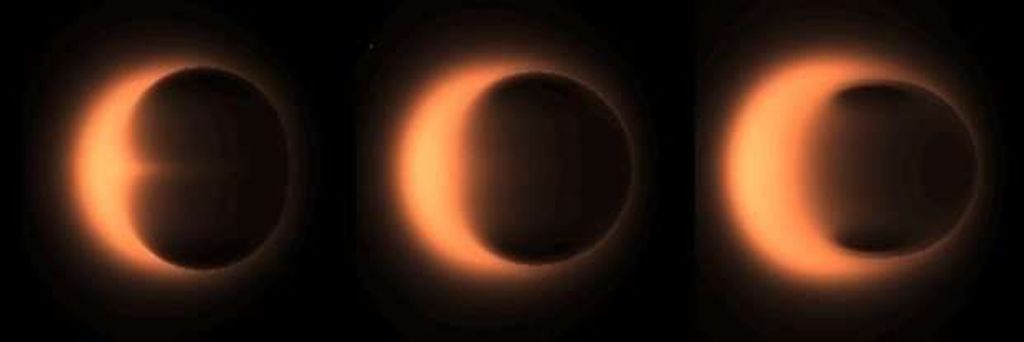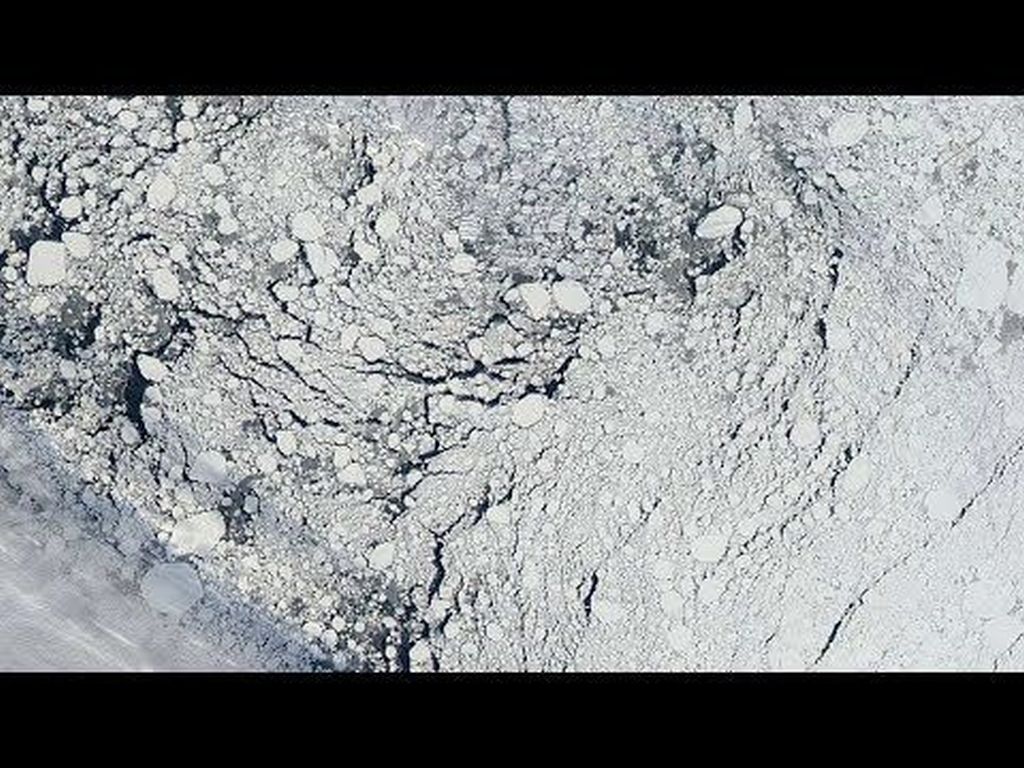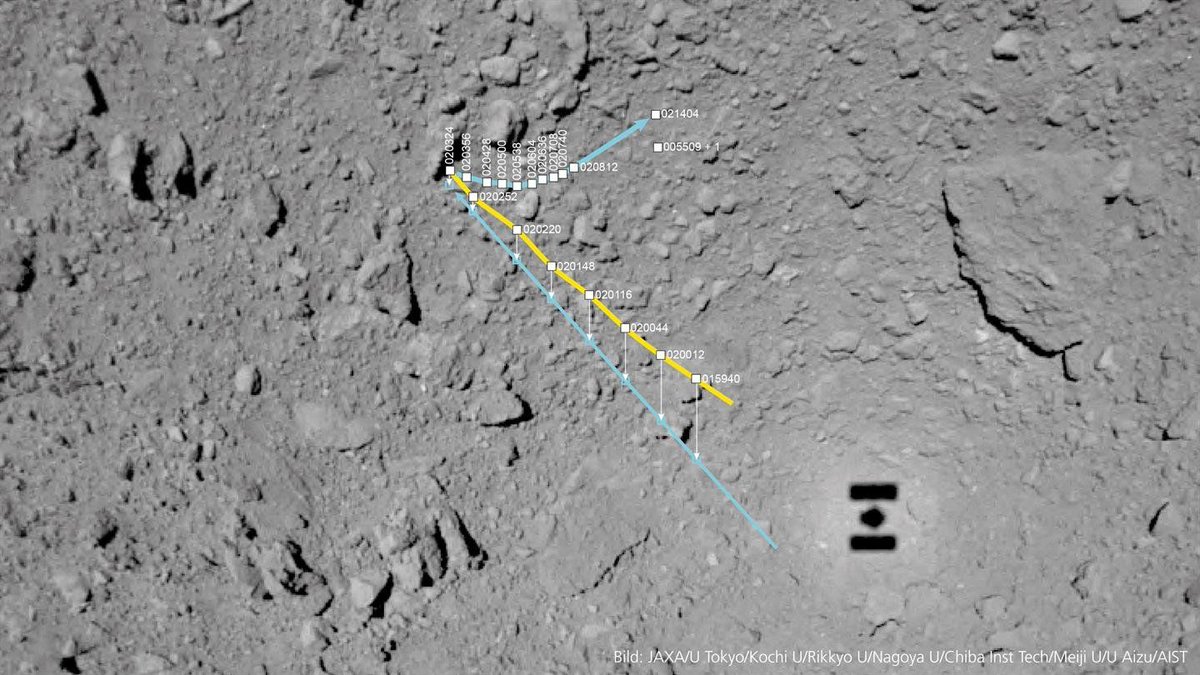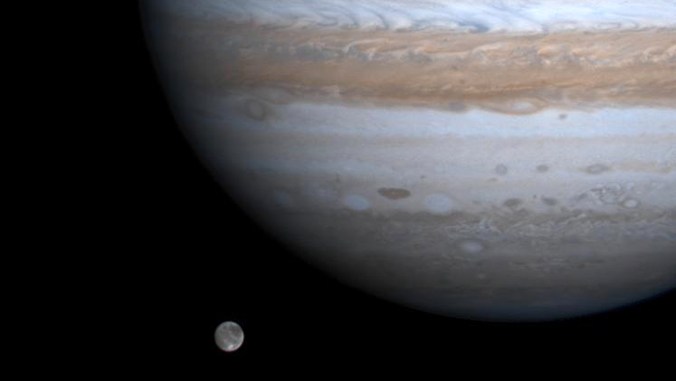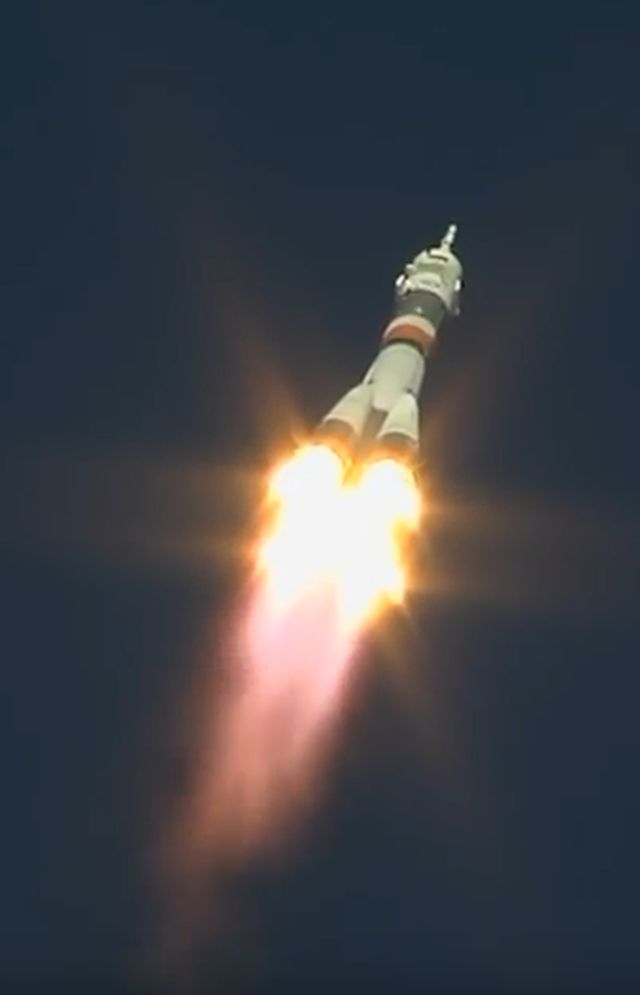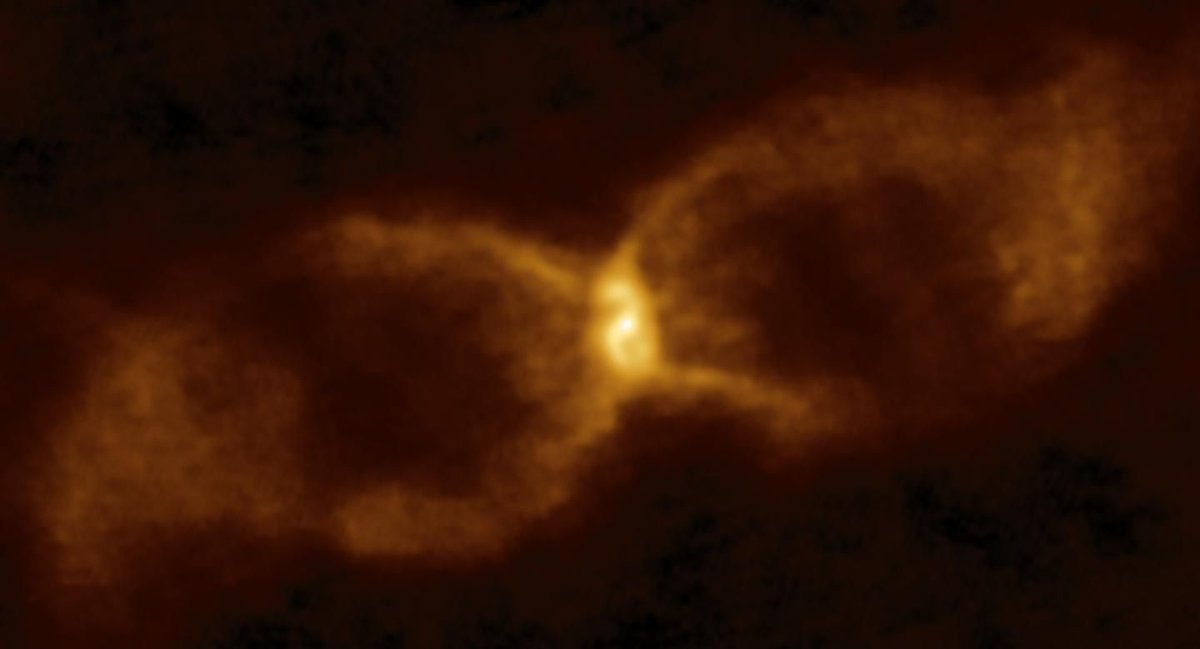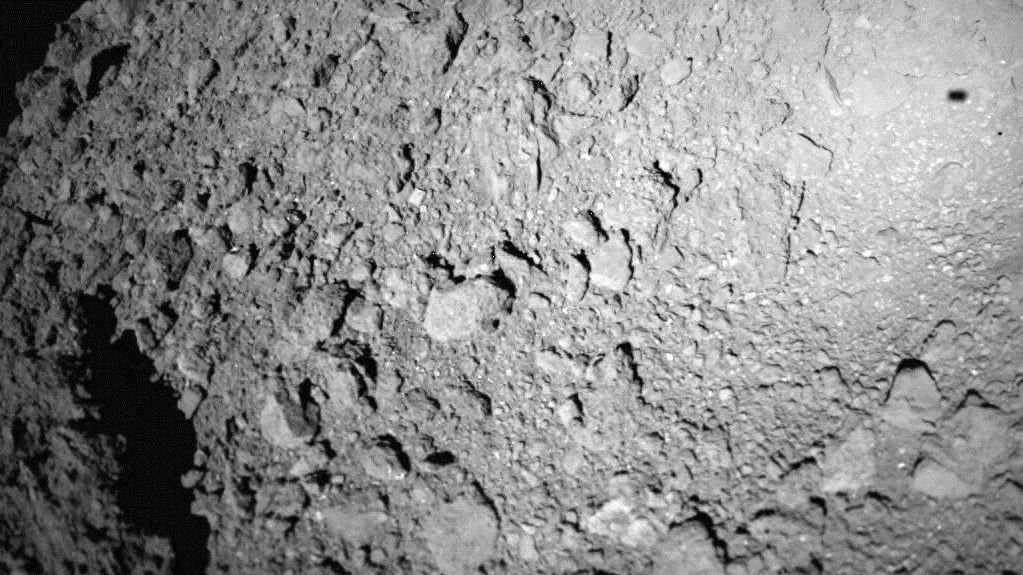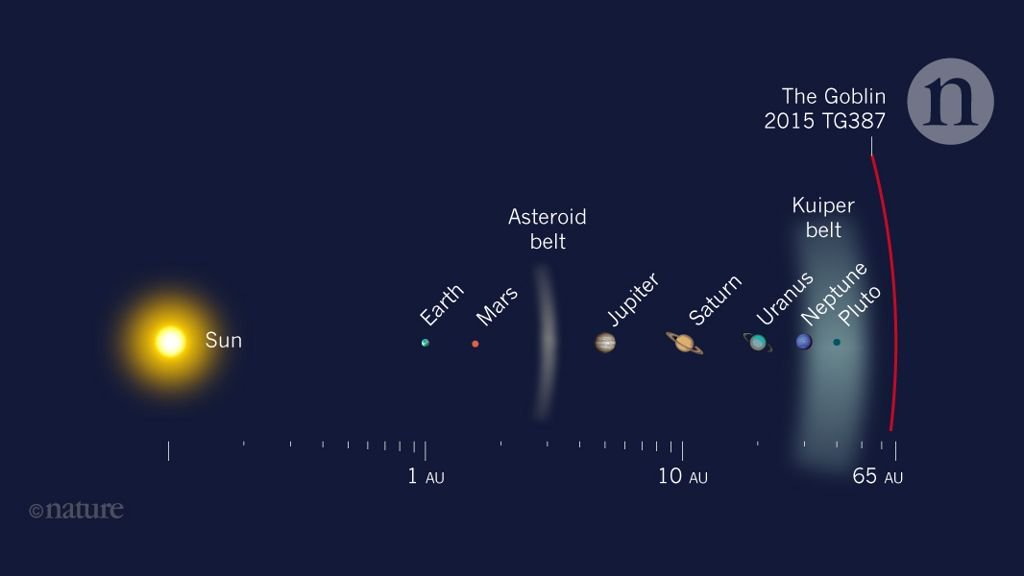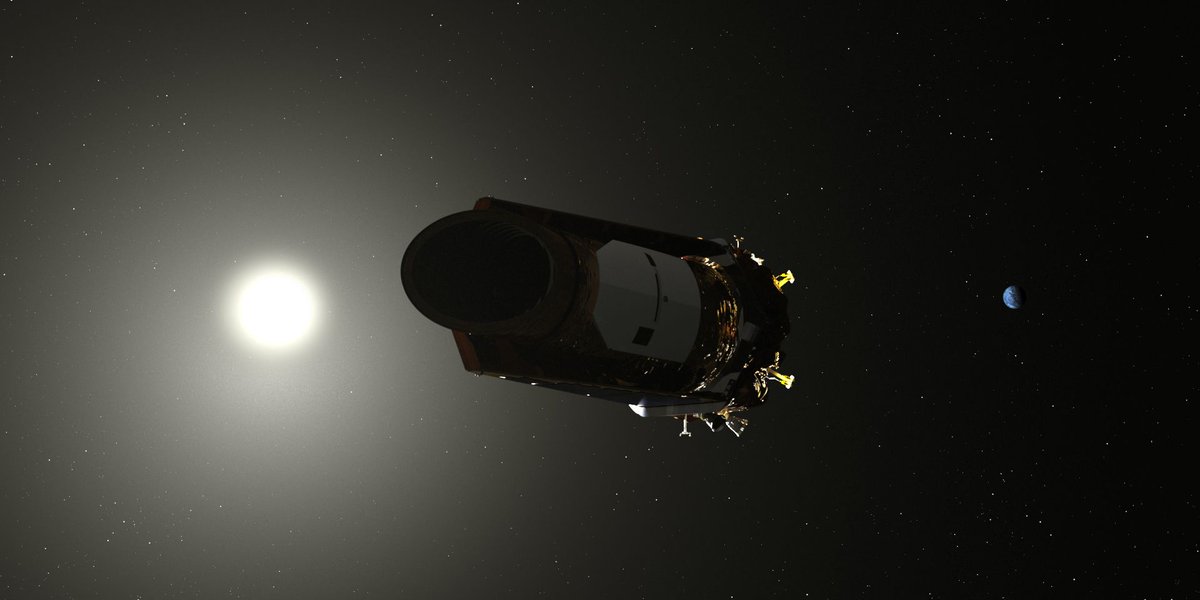The largest object in our night sky—by far!—is invisible to us. The object is the Super-Massive Black Hole (SMBH) at the center of our Milky Way galaxy, called Sagittarius A. But soon we may have an image of Sagittarius A’s event horizon. And that image may pose a challenge to Einstein’s Theory of General Relativity.
Continue reading “Here’s What the First Images from the Event Horizon Might Look Like”

